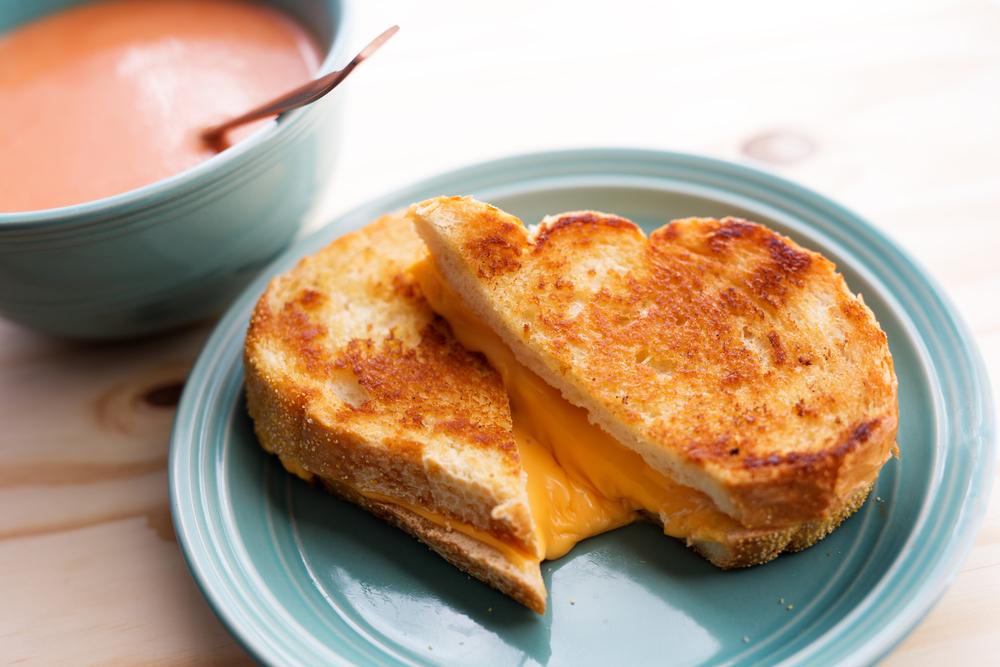Commentary
Alright, buckle up because we’re diving into some controversial territory here. Someone’s gotta ask the question, right?

Alright, buckle up because we’re diving into some controversial territory here. Someone’s gotta ask the question, right?